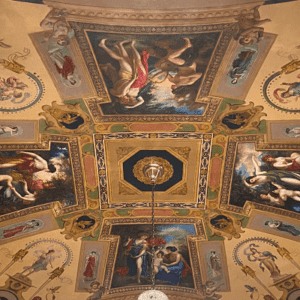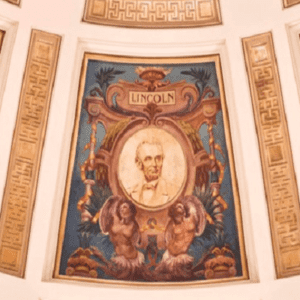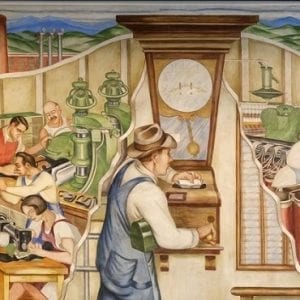Mural Restoration, Conservation & Preservation
Maintain and protect your aging murals, frescoes, and painted decorations against the ravages of time.
Historic structures—whether homes, places of worship like churches, or public spaces like libraries, courthouses, capitol buildings, and schools—very often feature ornamental paint like murals, frescoes, and other decorative paintings.
But just as wood and plaster might age and deteriorate with time, so too will painted works like murals and frescoes if they are not properly maintained. Paint and finishes can crack, peel, or chip; canvas can delaminate and tear; pigments can oxidize and darken; smoke, soot, and other debris can accumulate over decades or centuries; water and mold can undermine the integrity of the underlying structure upon which the painted work lives.
As mural restoration and conservation specialty contractors with more than 45 years’ of experience, John Canning & Co’s professional conservators are preservation problem solvers and experts in the realm of conservation. When it comes to architectural murals and other decorative finishes, our philosophy, “do no harm,” is aligned with the code of ethics and guidelines published by the American Institute for Conservation (AIC), the governing trade association. Our principals are members of AIC and are frequently present at educational seminars in conservation techniques at national meetings.
If you would like to connect with one of our professional consultants please request a consultation below.
Our Process
Because each project and each work is unique, the exact processes and methods that our conservators use in the conservation and preservation will, of course, vary somewhat from project to project.
So much of what we do is guided by understanding the history of the structure, original mural image, and the intent of the artist. It is only by achieving this understanding that we can ensure our work will preserve (and enhance) the historic fabric of the building. That is why many of our engagements begin with a mix of archival research and discussions with key stakeholders in order to appropriately frame the work.
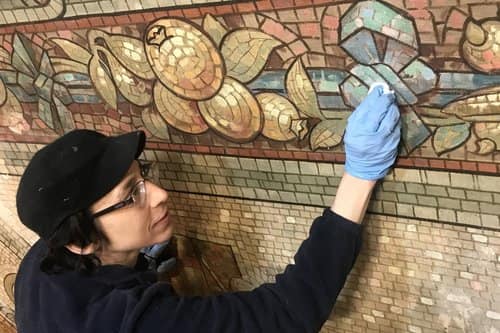
Once this understanding is achieved, our conservators evaluate the current condition of the work through both visual inspection and scientific analysis. This begins with understanding how the original mural image or artwork was executed. Was the mural painted directly onto the plaster substrate or concrete wall? Or was it painted on canvas, linen, or burlap and then placed on the wall using the marouflage technique?
Existing conditions, including any damage, are thoroughly documented, and are used to guide the development of a custom treatment plan for the work. Investigation, testing, and materials analysis is performed to develop conservation cleaning solutions that will remove unoriginal overpaint and incompatible modern materials.
If the work is to include conservation cleaning, harmless cleaning solutions are developed and applied to the paint and finishes, removing incompatible varnishes and overpaint, years of accumulated filth, and helping to restore colors to their original brilliance. Where possible, original paint layers that have flaked, chipped, or peeled away may be stabilized and reattached. Our conservators will then apply protective, reversible coatings to the work in order to protect it from further deterioration and damage.
After all work has been completed, the owner will receive a report thoroughly documenting our treatment process (with photographs, illustrations, and material specifications as required). This report will also include recommendations for ongoing maintenance of the artwork.
Preventive Conservation & Protection Plans
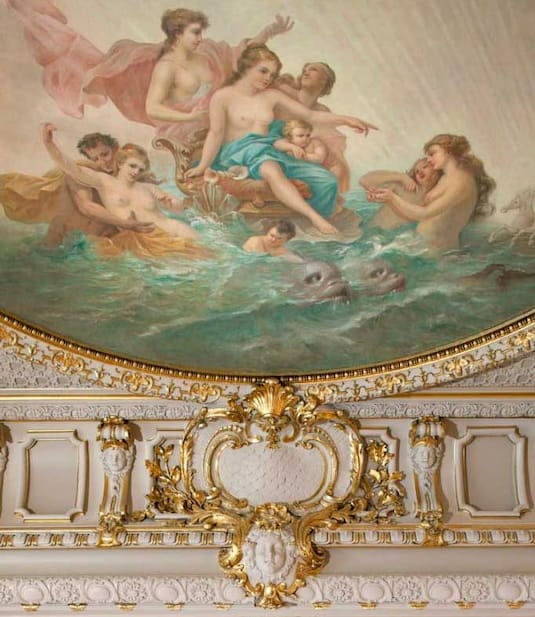
When considering a larger renovation or construction project, even if the artwork appears to be in good condition, a protection plan can help the artwork retain its beauty and integrity in the future.
These protection plans are especially important when larger structural work (demolition, installation of HVAC components, new construction, etc.) is taking place in a structure which contains decorative paint, murals, or artwork. This is due to the fact that structural work has the potential to damage or alter historic elements. Demolition, vibration, impact from other trades, fluctuation in climate, etc. are all factors that affect painted artwork and decoration that is not often taken into consideration.
In these cases, our conservators will devise a protection approach. Depending on the specifics of the work, this may involve documenting the existing conditions, evaluating and establishing permanent or temporary environmental controls, applying protective, reversible coatings, or stabilizing the conditions in another appropriate manner.
We will then monitor conditions throughout the duration of the construction project keeping thorough documentation to mitigate any damage from occurring.
Mural, Fresco, and Painting Restoration Services
The conservation and preservation services discussed above are focused primarily on stabilizing murals and other painted works, as well as preventing future and active deterioration. Sometimes, various restoration services may be required—for example, when a large section of the work has been lost to damage. In these cases, our work proceeds similarly to how it does for conservation and preservation, beginning with archival research and scientific analysis and ending with the necessary reconstruction and restoration.
Our conservators are skilled in the recreation of notable styles and techniques of decoration such as:
- Chiaroscuro
- Byzantine
- Pre-Raphaelite
- Art Nouveau
- Hudson River School
- Plein Air
- Art Deco & WPA
- Realism
Using a variety of historic materials and techniques, we are able to reconstruct and reinstate lost artwork or design new artwork that is respectful to the original artist. These include, but are not limited to:
- Complex Stenciling
- Pounced Cartoons
- Freehand Artwork
- Trompe L’oeil
- Simulated Stone (Faux Marbre)
- Wood Graining (Faux Bois)
- Gilding & Glazing
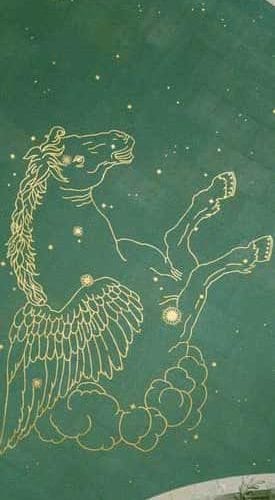
Cost Factors
The costs associated with mural, fresco, and other painting conservation and preservation will depend upon a number of factors specific to each individual project. Some of the most important considerations include:
- The specific solutions and pigments required to complete the work
- The size, complexity, and scope of the project
- Accessibility (e.g., whether scaffolding will be required to conduct the work)
- Whether the underlying structure must be repaired, stabilized, or restored
- For projects located in public spaces, whether the work will take place during business or off hours
For this reason, it is difficult for us to state what typical costs might be for the “average” project. The surest way to get an accurate picture of what the costs may entail would be to contact us directly.
Our Specialties
In addition to mural, fresco, and wall painting conservation and preservation, we specialize in a number of other complementary services, including:
Selected Projects
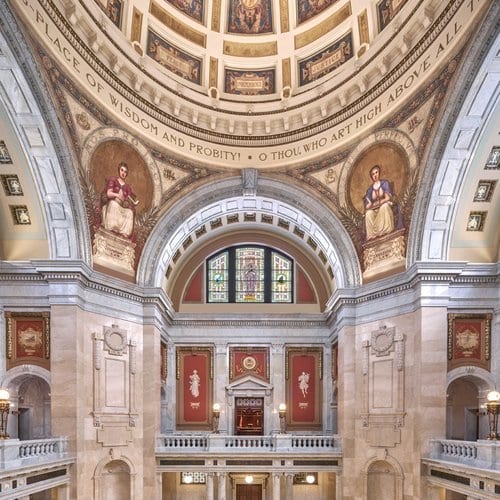
We carefully conserved and restored all aspects of the Luzerne County Courthouses historic fabric: marble, metal, plaster, paint, and mural artwork.
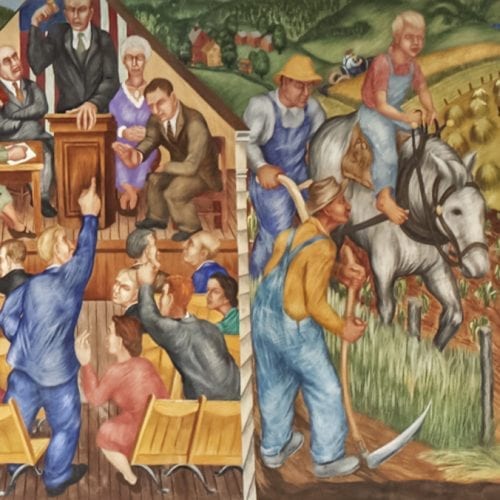
Our fine-art conservation team stabilized and conserved two, wall-sized WPA murals at UNH. The murals suffered varying degrees of deterioration and loss due to moisture intrusion and plaster substrate destabilization over nearly 80 years.
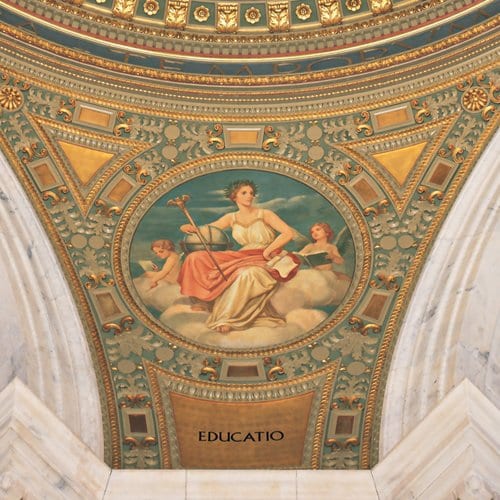
Our team of artists provided the Rhode Island State House conservation, cleaning, and restoration of the dome murals, painting, and architectural gilding.
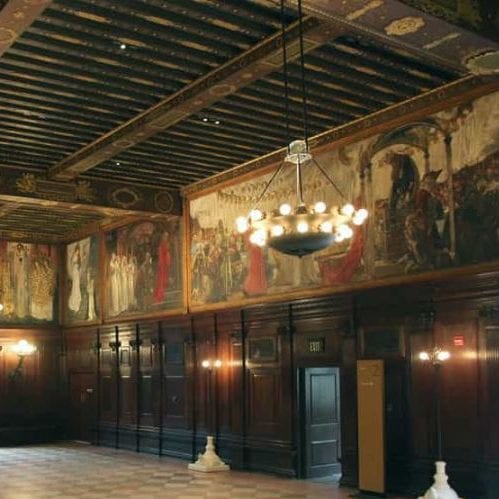
We provided analysis, interpretation, and implementation of historic restoration services at the McKim building at Boston Public Library.
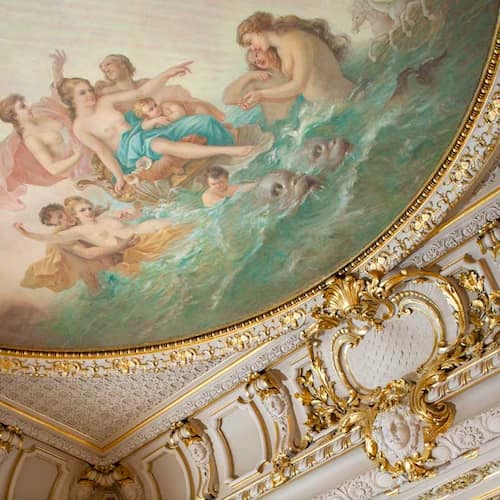
We were involved in plaster stabilization and creating a new ceiling and beam structure independent of the severely compromised Garrett Hall building.
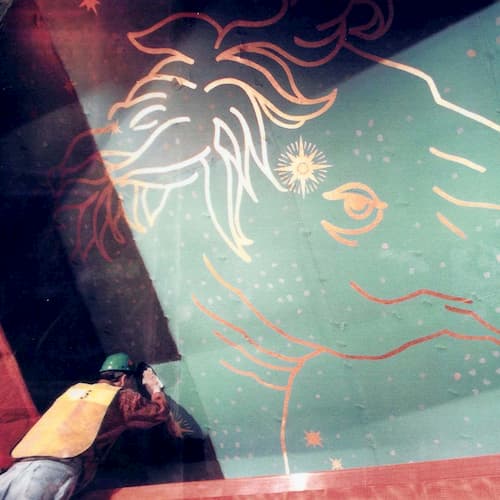
We formulated the cleaning agent and process for the thorough and harmless conservation cleaning and restoration of the Grand Central Terminal ceiling mural
“We have chosen to work with Canning almost exclusively on decorative conservation work for over twenty years in recognition of their overall abilities.”
“Canning & Co. provided exceptional craftsmanship, meticulous project management, and the highest level of respect and care for the Museum’s special environment. The results were spectacular. We applaud Canning & Co for a truly inspirational level of commitment to excellence in historic preservation.”

